The do’s and don’ts of running in the dark
As the days get shorter, remember these tips to stay safe
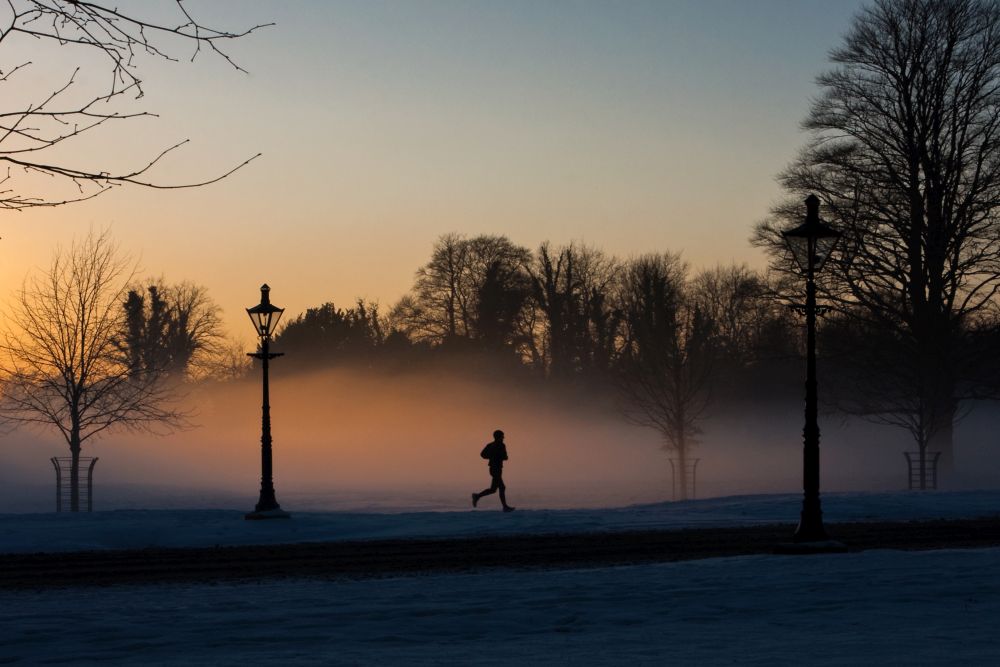
As the days get shorter, runners across the country will be spending an increasing amount of time running in the dark. This holds true whether you’re an early riser or if you prefer to put your miles in after work. Whether you’re hitting the streets before the sun comes up or after it goes down, there are a number of safety precautions you should take when running at times with limited daylight. Here are the do’s and don’ts of running in the dark.
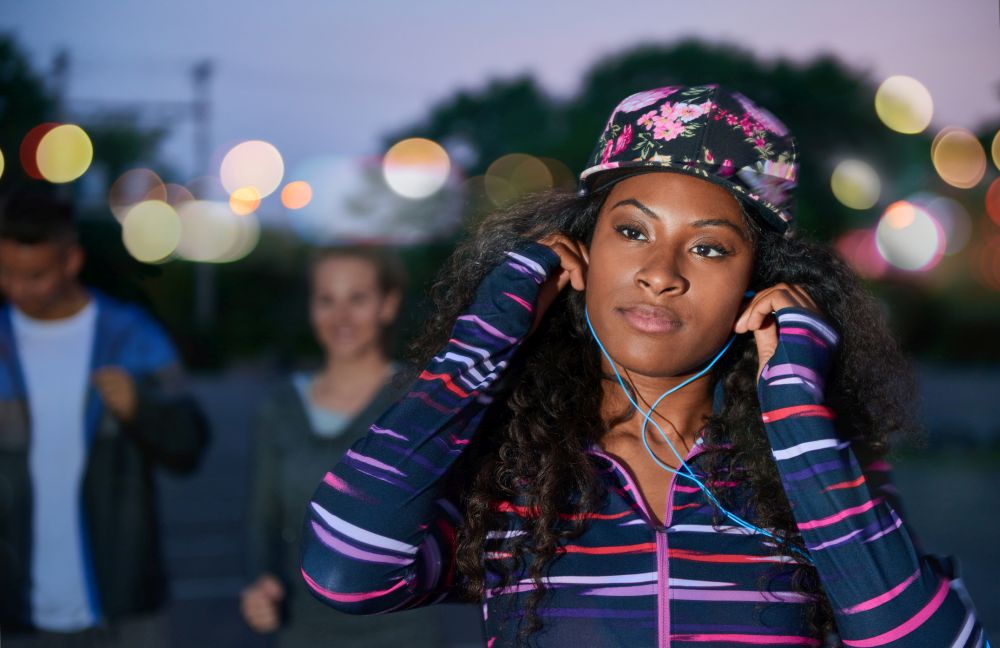
Do
Run against traffic: yes, you should be doing this all the time, but in the dark when it’s harder for drivers to see you, it becomes even more important for you to see them.
Run in well-lit areas: Running in areas without adequate street lights make it harder for others to see you, and more difficult for you to see obstacles that could cause you to fall and hurt yourself. Yes, the well-lit streets may be busier, but that also means they’re safer.
Wear bright or reflective clothing: Now is not the time to be wearing all black. Invest in a few bright shirts (think yellow, green, light blue and orange), wear a reflective vest or have at least one item of clothing that has reflective strips on it to make you more visible to drivers.
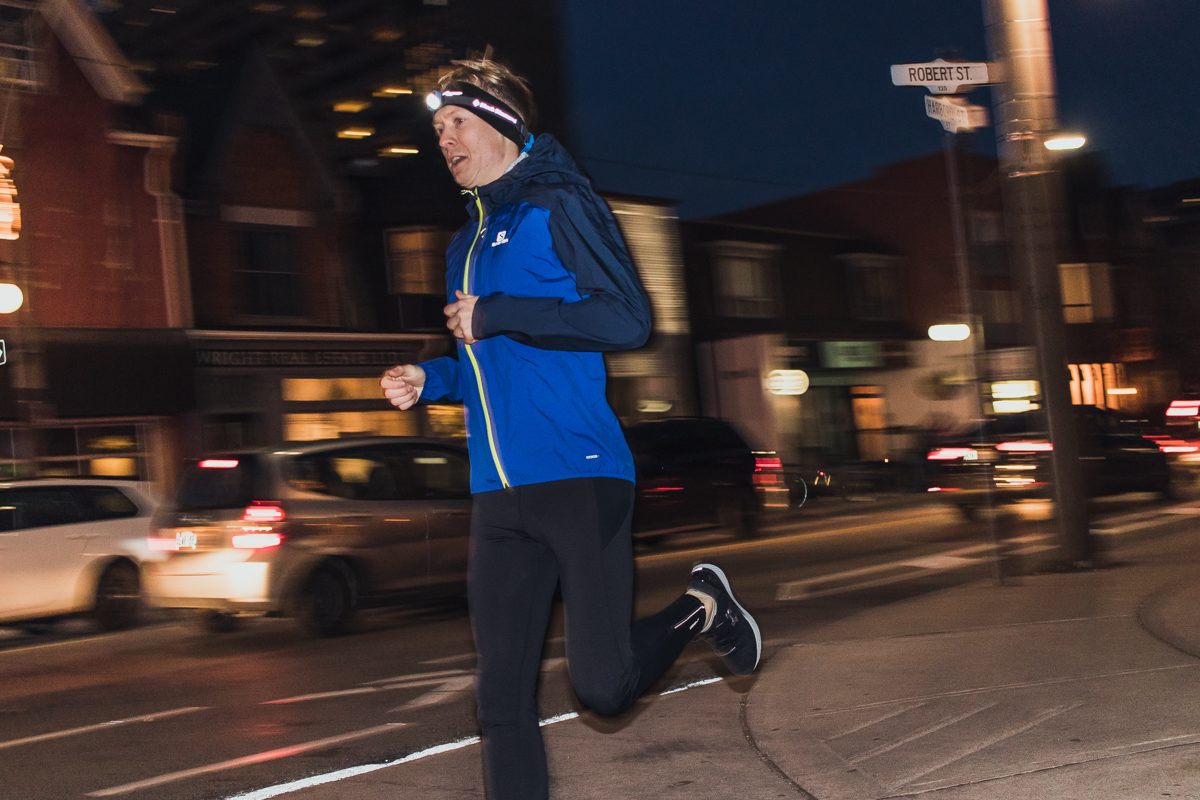
Use a headlamp or flashlight: No, they don’t look cool, but a headlamp or flashlight can save you from tripping on that crack in the sidewalk or slipping on the patch of ice you wouldn’t have otherwise seen.
Run with a friend: The other danger of running at night is that you’re more vulnerable to potentially dangerous or predatory individuals. There is safety in numbers, so now is a great time to join a running group or plan to run with a friend.
Ditch the tunes: Yes, music can be a great motivator and it’s hard to take the headphones off, but when it’s dark outside, it’s even more important that you’re aware of your surroundings so you can hear cars, bikes and other people coming. If you absolutely can’t run without music, make sure you keep the volume as low as possible so it doesn’t drown out everything else.
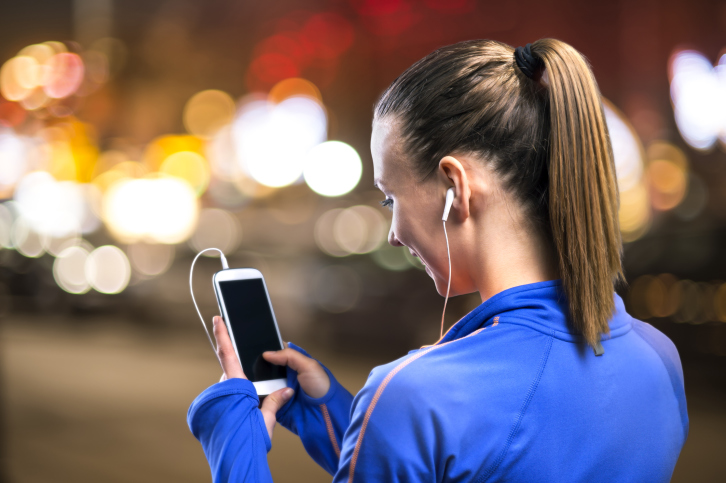
Don’t
Don’t run trails and other poorly-lit areas: Running alone on a quiet trail or side street may sound peaceful, but it’s not a great idea when it’s dark out. It’ll be more difficult to see roots or cracks in the pavement that could trip you up, and if something does happen, there is less of a chance that someone will be around to help you.
Don’t wear all black: See above.
Don’t choose an unfamiliar route: Exploring a new neighbourhood on your run is fun, but in the dark, you’re more likely to get lost or end up in unsafe areas. Stick to the routes you know well when it’s dark, and save the exploring for the weekends when you can head out in the daylight.
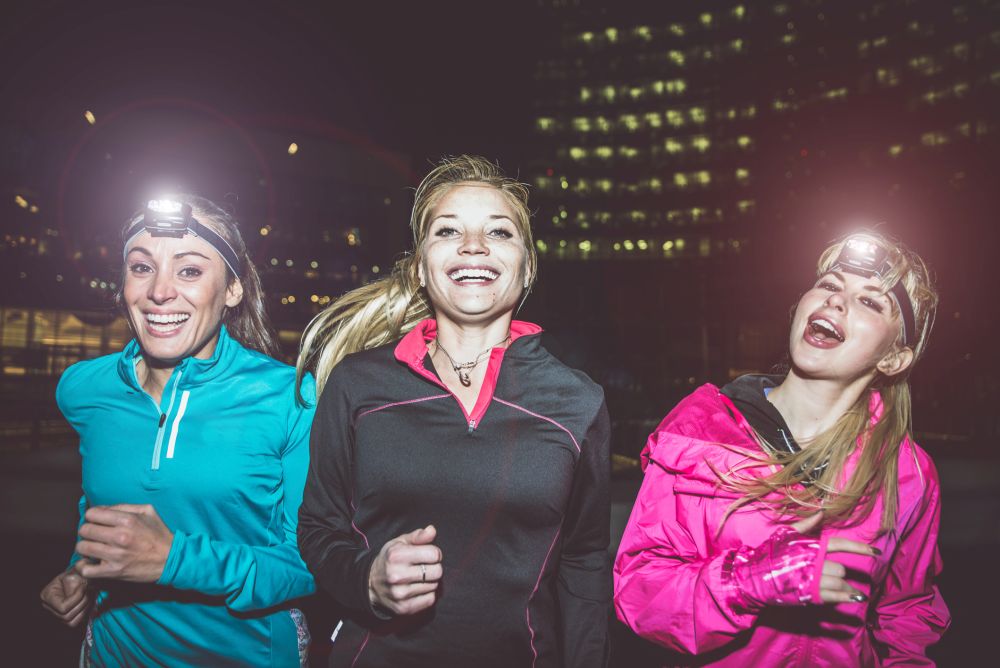
Don’t run in unpopulated areas: For the same reason as avoiding trails and poorly-lit areas, running where there are people around is safer in the early hours of the morning or in the evening.
Don’t not tell people where you’re going: It’s always a good idea to let at least one person know where you’re going before heading out for a run no matter the time of day, but particularly when you’re heading out in the dark.
Running alone vs. running with a group: why you should do both
Don’t leave your phone at home: Some of us like to use their runs as a chance to unplug and leave the tech at home, but when you’re going out in the dark, it’s best to take your phone with you, in case you run into trouble and need to call someone to come and get you.


